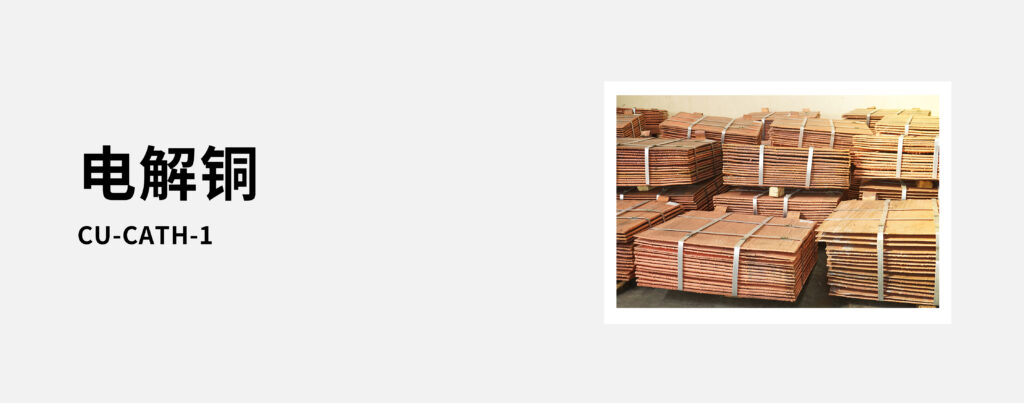COPPER OXIDE & COPPER CHEMICALS
PHOSPHORIZED COPPER ANODE
OXYGEN FREE COPPER
COPPER COIN

The anode was prepared as a thick plate of crude copper (99% copper), while the cathode consisted of a thin sheet of pure copper. The electrolyte used was a mixture of sulfuric acid and copper sulfate. Upon switching on the power, copper dissolves into copper ions (Cu) from the anode to the cathode, where electrons are acquired and pure copper (also known as electrolytic copper) is precipitated at the cathode. Impurities present in crude copper, such as iron and zinc, which exhibit higher reactivity than copper, dissolve into ions (Zn and Fe) along with the formation of Cu ions. Due to their relatively lower tendency for precipitation compared to Cu ions, adjusting the potential difference during electrolysis effectively prevents these impurities from depositing on the cathode surface. Less reactive impurities like gold and silver settle at the bottom of the cell. The resulting product is a high-quality plate called "electrolytic copper," suitable for manufacturing electrical products.

